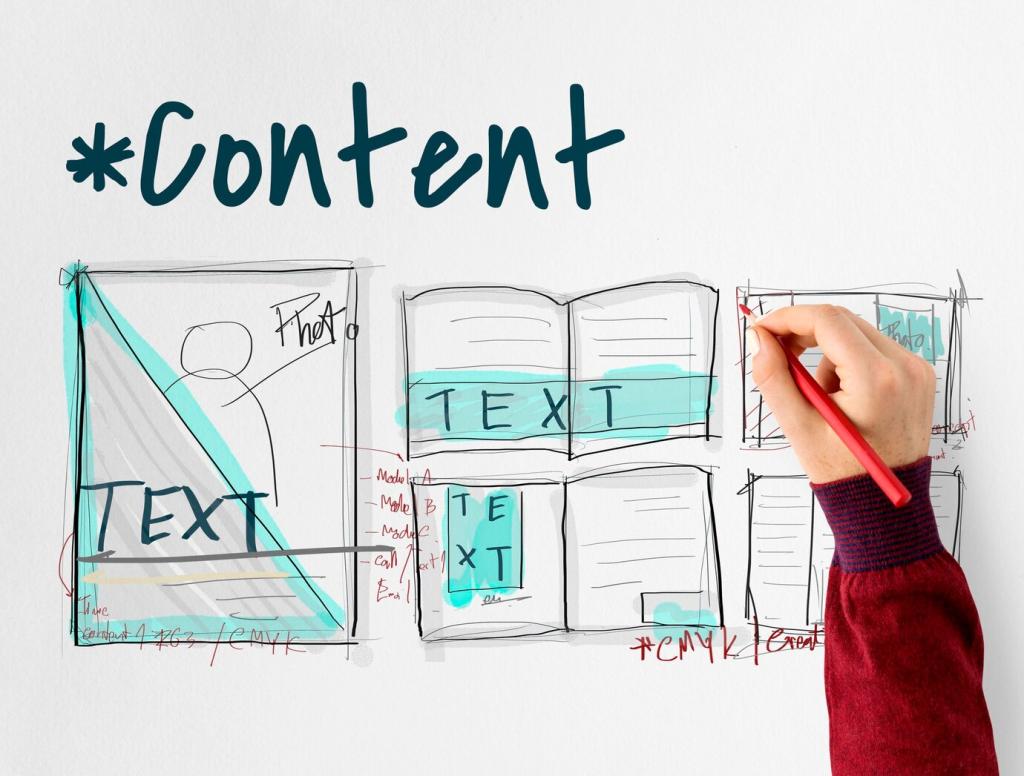Mastering the art of headline creation is crucial for anyone aiming to engage an audience, drive clicks, or spark interest in their content. A well-crafted headline can be the difference between a piece that gets noticed and one that goes unread. This page explores the essential techniques and insights behind creating compelling English headlines, offering clear guidance, practical examples, and the psychology that makes headlines work. Dive into the sections below to discover how to elevate your headline-writing skills and connect more powerfully with your readers.
Grabbing Attention Instantly
In an age of information overload, audiences spend mere seconds scanning for content worth their time. An effective headline cuts through the noise, using evocative language or intriguing statements that demand a reader’s attention. This immediate impact is crucial; even compelling content can go unnoticed if its headline fails to connect. To be successful, your headline must tap into curiosity, urgency, or relevancy from the very first word.
Setting Reader Expectations
A headline acts as a promise to your audience, signaling what they can expect from your content. Clear, truthful headlines help prevent disappointment while maximizing engagement. When readers understand the value your content will deliver, they are more likely to click through and read on. Misleading or vague headlines may draw initial attention, but they erode trust—a vital commodity in building lasting readership.
Increasing Content Discoverability
Search engines and social media platforms rely heavily on headlines to index, display, and recommend content. Well-written headlines incorporate keywords and phrasing that match what audiences are searching for, boosting discoverability. Additionally, certain headline frameworks have a proven track record of encouraging sharing and interaction, further extending the reach of your message across platforms.
Elements of a Successful Headline
Clarity is perhaps the most essential element of a strong headline. Readers want to know, quickly and without ambiguity, what a piece of content will offer them. Jargon, double meanings, or overly clever wordplay can lead to confusion and lost opportunities. By conveying your message plainly, you ensure that every reader immediately understands what’s being offered, increasing both clicks and satisfaction.

Psychological Triggers in Headlines
Humans are naturally drawn to resolve uncertainty. Headlines that offer just enough information to spark curiosity—without revealing everything—activate the reader’s desire to know more. This curiosity gap urges them to click in order to satisfy their need for closure. Crafting such headlines requires balance; provide enough intrigue to entice, but never mislead or overpromise.
Numerical data in headlines taps into the human love for specificity and order. Numbers promise a defined quantity, setting clear expectations and suggesting measurable value. Headlines like “7 Ways to Improve Productivity” or “Top 10 Marketing Mistakes” tend to perform well because they feel actionable and easy to digest. Even odd numbers have been shown to perform better than even, likely due to perceived authenticity.
Leveraging FOMO in headlines can be highly effective, especially in today’s fast-paced digital environment. Readers are compelled to act when they believe they might miss valuable insider knowledge, deals, or trends. Phrases like “Don’t Miss,” “Before It’s Gone,” or “What You Need to Know Now” create a sense of urgency and necessity. Using this psychological trigger judiciously can drive higher engagement without leading to reader fatigue.
Different Headline Formulas
How-to Headlines
How-to headlines immediately offer utility and value, promising solutions to problems or step-by-step guidance. “How to Write Compelling Headlines in English” not only speaks to a clear need but reassures the reader that tangible results are possible. By focusing on actionable outcomes, these headlines attract readers seeking to learn, improve, or solve specific challenges.
Question Headlines
Headlines that pose a question engage readers by prompting them to think and require them to mentally respond. Questions spotlight the reader’s pain points or areas of curiosity, positioning your content as the answer. For example, “Are You Making These Common Headline Mistakes?” causes readers to pause and examine their own practices, increasing the likelihood they’ll seek your answer.
List Headlines
List headlines organize content into manageable, easy-to-digest sections, such as “10 Tips for Improving Your Headlines.” This structure appeals to readers’ desire for efficiency and order, suggesting they’ll get multiple insights in a single read. Lists also set expectations about scope and content, making them favorites for both readers and search engines alike.
Crafting Headlines for Different Platforms
Headlines for Blogs and Articles
For blogs and articles, headlines need to be both SEO-optimized and appealing to human readers. Search engine optimization relies on relevant keywords inserted naturally, while readers are drawn to headlines that offer clear value. Crafting headlines for articles involves balancing these priorities, using compelling phrasing that entices clicks but remains true to the content. Overly sensationalist headlines may backfire, whereas accurate, benefit-driven phrasing earns trust and repeat visits.
Social Media Headlines
Social media headlines are often shorter and more conversational, designed to stand out in busy feeds. Here, your headline may function as the sole opportunity to make an impression—so focus on punchy, memorable language that arouses curiosity or emotional response. Incorporating hashtags, direct engagement (such as questions), and timely references can amplify reach and drive sharing, helping your content cut through platform noise.
Email Subject Lines
Email subject lines are a unique sub-category of headlines, as they directly impact open rates and conversions. Personalization, brevity, and urgency are key elements since inboxes are flooded with messages competing for attention. Your headline must convince readers your email is worth opening, without triggering spam filters or sounding too sales-oriented. Testing different subject lines can reveal what resonates most with your specific audience.

A/B testing involves creating two or more headline variations and measuring which one performs better in terms of clicks, engagement, or conversions. This data-driven approach helps eliminate guesswork, letting actual reader preferences dictate the style and structure of future headlines. Online platforms and content management systems often provide simple tools for running these tests, ensuring continual headline improvement.
